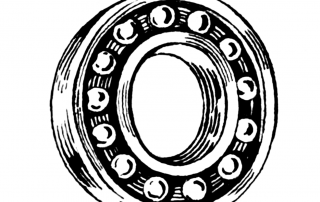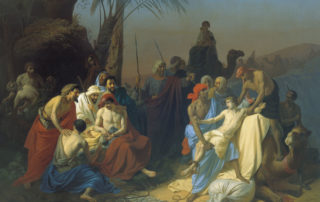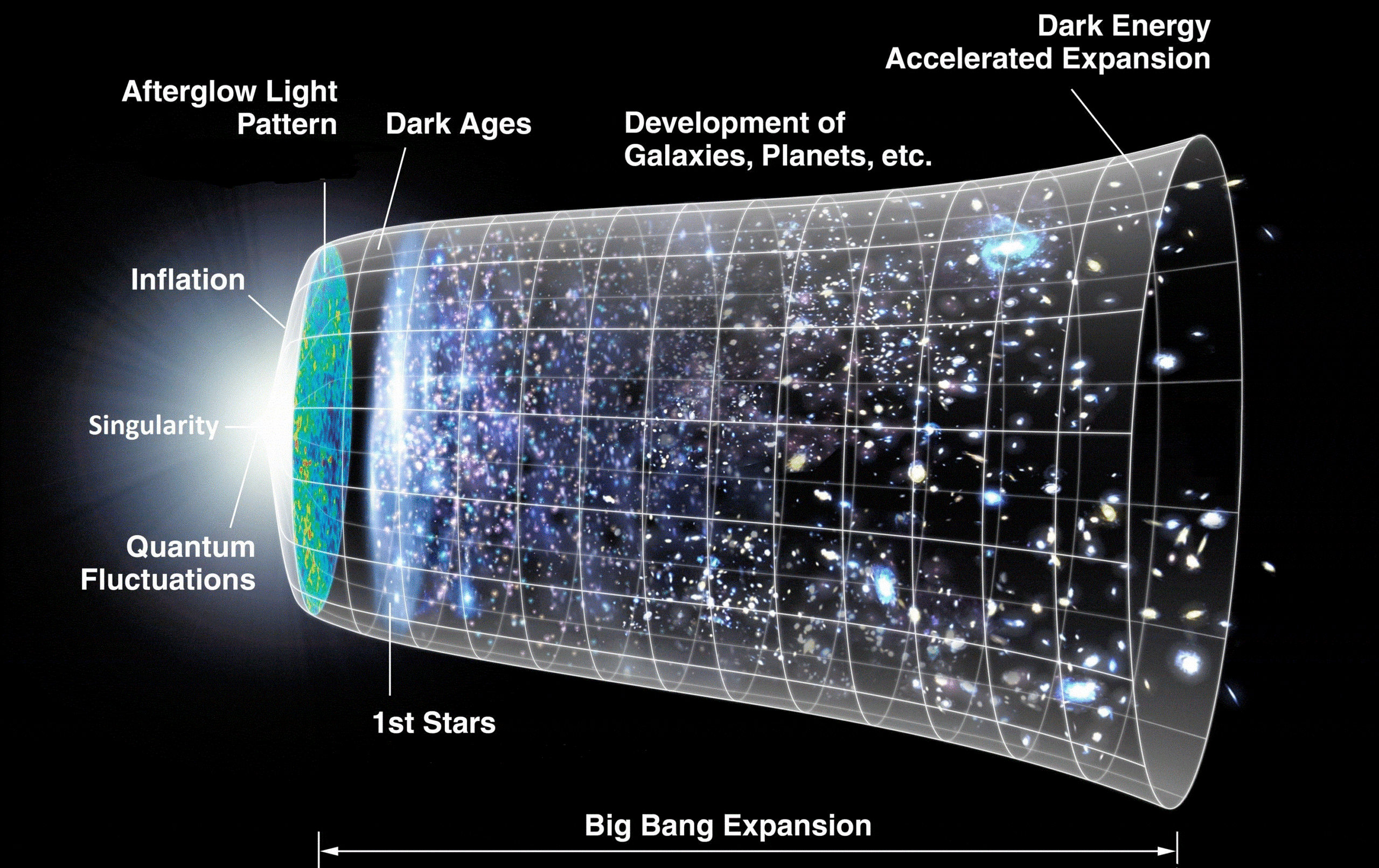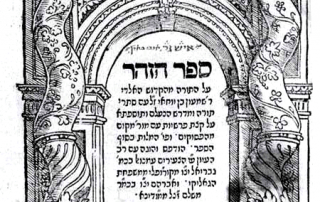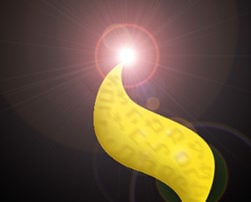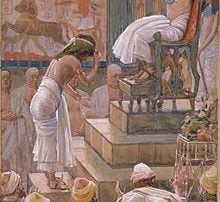A Wheel Within a Wheel
Now as I beheld the Chayot [living creatures], behold one Ophan [wheel] at the bottom hard by the living creatures, at the four faces thereof. The appearance of the Ophanim [wheels] and their work was like unto the colour of a beryl; and they four had one likeness; and their appearance and their work was as it were a wheel within a wheel. . . . As for their rings, they were high and they were dreadful; and they four had their rings full of eyes round about. Ezekiel 1:15–18 One of the most difficult theological questions is how Eternal G‑d relates to the world created by Him, the world that is always in flux. Indeed, the prophet Malachi says in the name of G‑d: For I the Eternal change not.Malachi 3:6 G‑d does [...]

